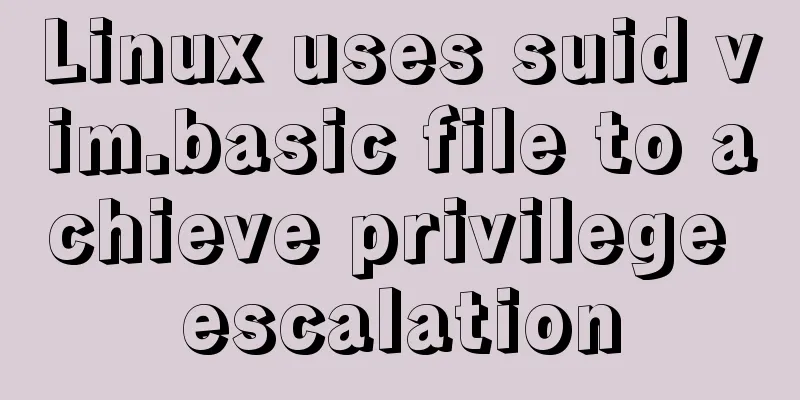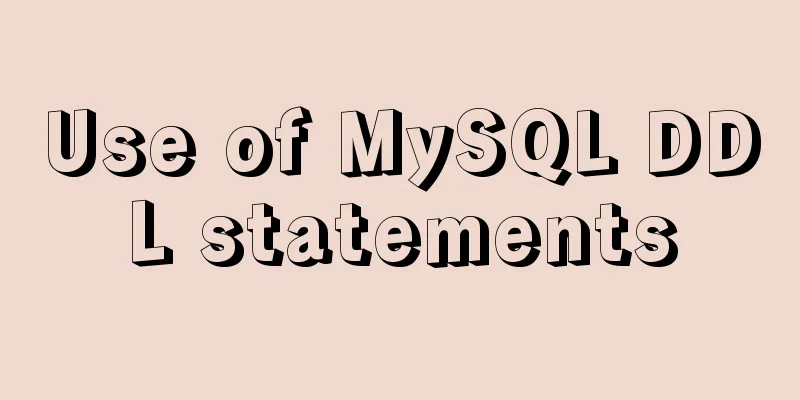Linux uses suid vim.basic file to achieve privilege escalation

|
Reproduce on Kali First set suid permissions for the required vim.basic file chmod u+s /usr/bin/vim.basic First adduser test1 a normal permission user Now is a suitable environment for privilege escalation You can find files with suid permissions by using the following command
The files that can be used to escalate privileges are
The idea of using vim to elevate privileges is to modify the etc/passwd file and add a user with root privileges for yourself The user format of the passwd file is: username:password:uid:gid:comment:home directory:user's shell Here you can see the format of the root user root:x:0:0:root:/root:/bin/bash (The password part is x because the real password is stored in the /etc/shadow file)
Generate a password: use openssl passwd -1 –salt asd 123 (here is -1 (number 1) not L) Write it directly in the passwd file.
toor:$1$asd$sTMDZlRI6L.jJEw2I.3x8.:0:0:root:/toor:/bin/bash You can modify it with vim /etc/passwd, but when saving, E212 will appear, and it cannot be saved, prompting us that we do not have permission to modify this
At this time, you should use the vim.basic file found earlier to run it. This program has suid permissions. Definitely editable vim.basic /etc/passwd Use this to open, then modify the file and save it successfully
You can see that it has been added, switch to su toor, password 123, and then check the permissions with id
root permissions chmod u+s /usr/bin/vim.basic The above is the full content of this article. I hope it will be helpful for everyone’s study. I also hope that everyone will support 123WORDPRESS.COM. You may also be interested in:
|
<<: An article to help you thoroughly understand position calculation in js
>>: Detailed explanation of MySQL combined index method
Recommend
Tutorial on upgrading from Centos7 to Centos8 (with pictures and text)
If you upgrade in a formal environment, please ba...
A brief discussion on the principle of Vue's two-way event binding v-model
Table of contents explain: Summarize Replenish Un...
Analyze the selection problem of storing time and date types in MySQL
In general applications, we use timestamp, dateti...
MySQL implements multi-table association statistics (subquery statistics) example
This article uses an example to describe how to i...
Simple steps to implement H5 WeChat public account authorization
Preface Yesterday, there was a project that requi...
Network management and network isolation implementation of Docker containers
1. Docker network management 1. Docker container ...
js implements simple provincial, municipal and district three-level selection cascade
This article shares the specific code of js to re...
Detailed steps for configuring Tomcat server in IDEA 2020
The steps for configuring Tomcat in IDEA 2020 are...
How to Rename a Group of Files at Once on Linux
In Linux, we usually use the mv command to rename...
MYSQL performance analyzer EXPLAIN usage example analysis
This article uses an example to illustrate the us...
How to make a centos base image
Preface Now the operating system used by my compa...
Mybatis statistics of the execution time of each SQL statement
background I am often asked about database transa...
JavaScript operation elements teach you how to change the page content style
Table of contents 1. Operation elements 1.1. Chan...
Vue data responsiveness summary
Before talking about data responsiveness, we need...
Analysis of how to create a stored procedure in MySQL to add new fields to a data table
This article uses an example to describe how to c...















